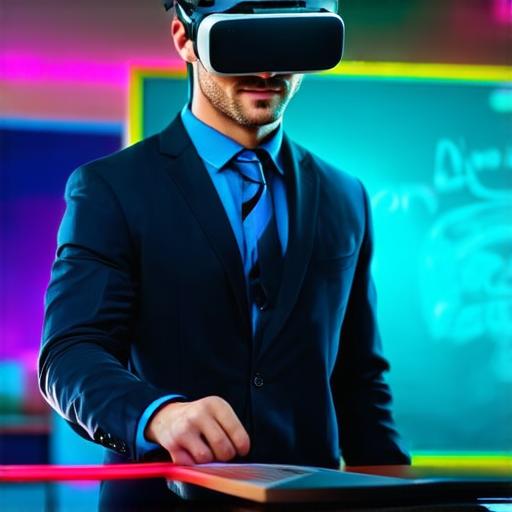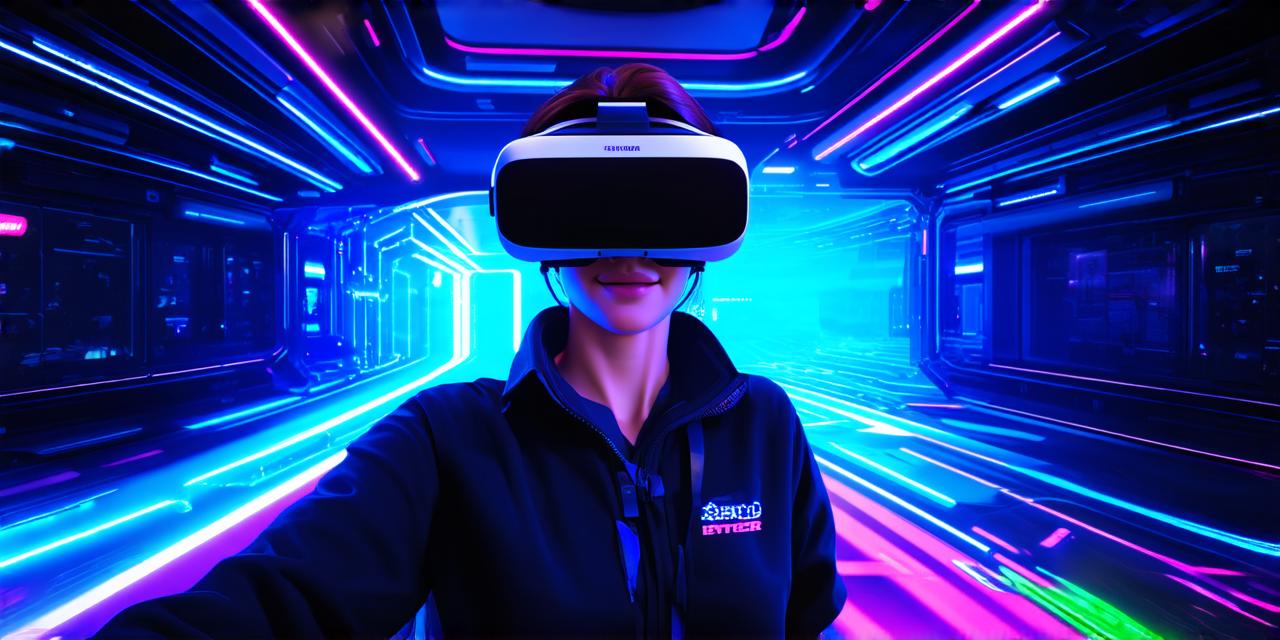Virtual Reality (VR) is a rapidly growing technology that has the potential to revolutionize the way we learn and experience the world around us. VR is a simulated environment in which a person can interact with digital objects and environments, giving them a sense of presence and immersion in a virtual world.
In this article, we will explore how VR can enhance learning experiences by providing an interactive, engaging, and immersive way for students to learn and retain information.
Interactive Learning Experience
One of the key benefits of VR technology is that it allows for an interactive learning experience. Students can interact with virtual objects and environments in a safe and controlled environment, allowing them to explore new concepts and ideas without fear of making mistakes or getting injured.
In addition, VR technology can provide immediate feedback on student performance, which can help students identify areas where they need to improve and adjust their approach accordingly.

Engaging Learning Experience
Another way that VR can enhance learning experiences is by providing an engaging learning environment. VR technology can be used to create simulations of real-world scenarios, such as historical events or scientific experiments, allowing students to experience them in a more interactive and immersive way.
This can help students better understand complex concepts and ideas, making the learning process more enjoyable and effective.
Immersive Learning Experience
VR technology also provides an immersive learning experience, which allows students to fully immerse themselves in a virtual world. By using headsets or other VR devices, students can feel as if they are physically present in the virtual environment, allowing them to interact with the virtual objects and environments in a more natural way.
This can help students better understand and retain information, making the learning process more effective and engaging.
In addition, VR technology can be used to create personalized learning experiences for individual students, based on their unique strengths and weaknesses. By using data analytics and machine learning algorithms, VR systems can adapt to each student’s needs and provide them with customized content that is tailored to their learning style and preferences.
Overall, the potential of virtual reality technology to enhance learning experiences is vast, and its use in education is only at the beginning. By providing an interactive, engaging, and immersive learning environment, VR can help students better understand complex concepts and ideas, making the learning process more enjoyable and effective.
As VR technology continues to evolve, we can expect to see even more exciting applications in education in the future.
